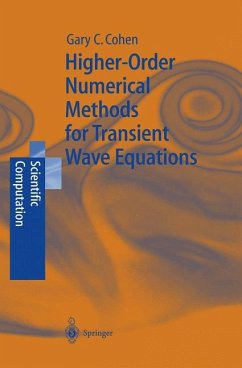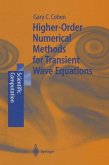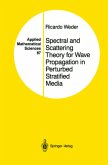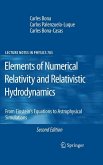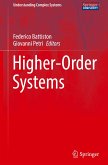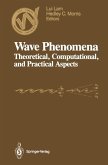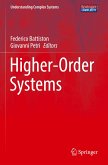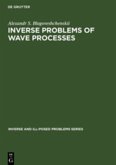Solving efficiently the wave equations involved in modeling acoustic, elastic or electromagnetic wave propagation remains a challenge both for research and industry. To attack the problems coming from the propagative character of the solution, the author constructs higher-order numerical methods to reduce the size of the meshes, and consequently the time and space stepping, dramatically improving storage and computing times. This book surveys higher-order finite difference methods and develops various mass-lumped finite (also called spectral) element methods for the transient wave equations, and presents the most efficient methods, respecting both accuracy and stability for each sort of problem. A central role is played by the notion of the dispersion relation for analyzing the methods. The last chapter is devoted to unbounded domains which are modeled using perfectly matched layer (PML) techniques. Numerical examples are given.
Hinweis: Dieser Artikel kann nur an eine deutsche Lieferadresse ausgeliefert werden.
Hinweis: Dieser Artikel kann nur an eine deutsche Lieferadresse ausgeliefert werden.
From the reviews: "It is arguably a "must" for any university physics or engineering library. For those working in the field, the book would deserve a place on their bookshelf [...]." (The Physicist, 2002) "This is a remarkable book about numerical treatment of wave-type equations in the time domain. [...] The book will be of particular interest to mathematicans, physicists and engineers working in academia as well as in industry on the field of numerical analysis of wave-like phenomena." (Zentralblatt der Mathematik, 2002).
"The author finds in this book the right balance between theoretical and numerical analysis. [...] The book should be very useful to all of the graduate students, scientists, and engineers who want to learn the basics of the numerical analysis of time-dependent wave equations, and to the more advanced researchers who want a thorough and up-to-date presentation on the discretization of first-order hyperbolic systems." (Mathematical Reviews 2002m) "To my knowledge, Higher-Order Numerical Methods for Transient Wave Equations, by Gary C. Cohen, is the first book to address specifically the use of high-order discretizations in the time domain to solve wave equations. [...] Cohen's book should be useful, especially to new researchers, and could even be a reference in a course. [...] I recommend the book for its clear and cogent coverage of the material selected by its author." (Physics Today, March 2003) "It is arguably a 'must' for any university physics or engineering library. For those working in the field, the book would deserve a place on their bookshelf [...]." (The Physicist) "This is a remarkable book about numerical treatment of wave-type equations in the time domain. [...] The book will be of particular interest to mathematicans, physicists and engineers working in academia as well as in industry on the field of numerical analysis of wave-like phenomena." (Zentralblatt der Mathematik) "In summary, this book is a very valuable reference for the readers of this journal who are interested in the computational methods for transit waves. What make this book unique are the novel mass-lumping techniques for finite element methods, which are still being actively investigated." (Qing Huo Liu (Duke University, Durham, North Carolina), Journal of the Acoustical Society of America, American Institute of Physics July 2003, vol. 114, page 21)
